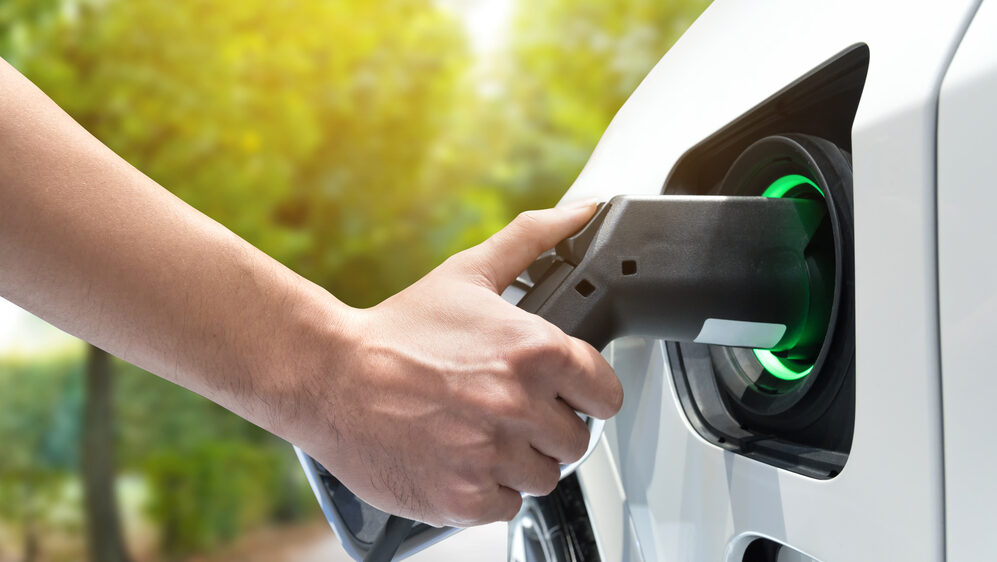Arup collaborates with OZEV to formulate fire safety guidelines for covered car parks
- July 27, 2023
- 2:22 pm


Iain Hoey
Share this content
Thousands of covered car parks set to be retrofitted
Thousands of covered car parks may soon require retrofitting, along with new designs for fresh constructions.
This is in response to the fire safety implications of electric vehicles (EVs), which significantly differ from those of combustion engines.
In partnership with the UK’s Office for Zero Emissions Vehicles (OZEV), Arup has stepped up to produce interim safety guidance aimed at supporting the parking and charging of EVs within covered car parks.
Fire safety in covered car parks as EVs gain popularity
The shift to electric vehicles is an integral part of achieving net zero. The UK has already planned to ban the sale of non-electric vehicles from 2030.
This monumental transition demands an infrastructural upgrade to accommodate the growing number of electric passenger vehicles and vans.
The provision of adequate charging capacity poses a major challenge. In the UK, grant programmes have been initiated to speed up the installation of EV charging points.
However, until now, there was a significant gap in the safety guidance surrounding fire risks at these charge points.
Different responses needed for rare EV fires
Although rare, EV fires necessitate a unique response. According to data reported by Arup, in Norway, where EVs constitute nearly ten percent of cars, they account for less than three percent of vehicle fires.
Thatcham Research, the UK motor insurers’ research centre, conducted a study between 2018 and 2020. They found that only 0.001% of plug-in hybrids and 0.003% of range-extended electric vehicles had fire claims, lower than the 0.007% of petrol vehicles and 0.011% of diesel vehicles.
Arup’s new guidelines underline why even these infrequent incidents require a radically different approach to fire safety.
Factors like the size of the battery, its chemistry, and the state of charge can influence the thermal runaway in an EV battery, leading to decomposition of battery elements and potential ignition.
Measures to improve safety in covered car parks
Arup’s report details a comprehensive range of measures to improve safety during the development or retrofitting of covered car parks.
These include certain structural changes that can help to prevent the spread of fires, such as increasing the distance between parked cars or constructing barriers between bays.
The report also emphasises technological solutions like thermal monitoring cameras at ground level. These can identify early signs of rising battery temperatures and allow for preventive action.
The most crucial advice is to ensure that EV charging points are installed with safety as the foremost consideration.
The guidelines stress the importance of adhering to a clear standard for EV charging points and ensuring a manual override function is in place.
The full guidelines can be found here.
IFSJ Comment
With the rise of electric vehicles, the significance of this new guidance cannot be overstated. It represents a crucial step towards creating a safer environment in covered car parks across the country, ultimately contributing to the broader goal of promoting sustainable mobility. It will be interesting to see how this guidance shapes the future design and retrofitting of car parks in the light of increasing EV usage.

